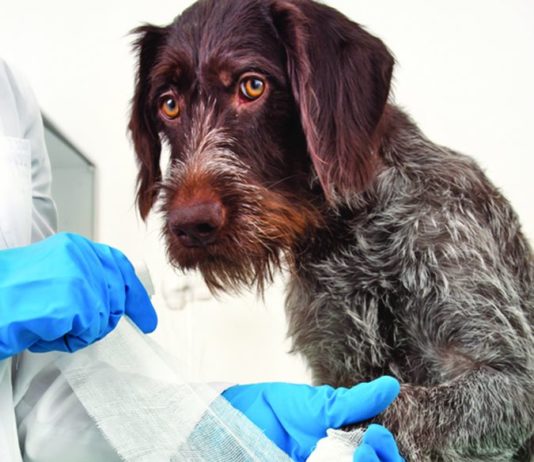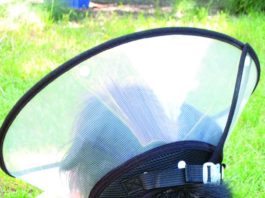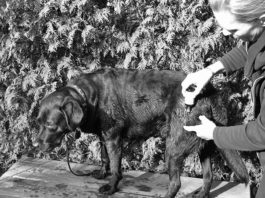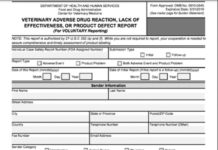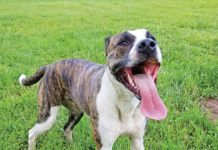Teach Your Dog to Relax Around Bees
Just like a good skunking doesnt stop most dogs from going after those black-and-white critters again the next time (darn it!), there are many dogs who seem goaded into more intense bee-chasing behavior after an unfortunate encounter of the stinging kind. Conversely, there are also dogs who become literally phobic about all small, flying creatures after a stinging incident. Then there are those who develop an obsessive-compulsive behavior known as fly-snapping.
Cranial Cruciate Ligament Repair for Dogs: Your Options
The truth is, we do not have a perfect solution for cranial cruciate ligament tears in dogs. Research is constantly evolving and we are still in search of the perfect fix. In humans, a synthetic or biologic ligament is placed where the damaged ligament used to sit. This was tried in dogs, but the outcomes were never good. The replacement ligaments were just not well tolerated. Consequently, something different had to be done.
Dog Hiccups
Dogs get hiccups. Who knew, right? It turns out that this is a fairly common occurrence, especially in puppies. But what causes dog hiccups, and are there ever cases in which they actually indicate a medical problem?
Reporting Dogs’ Adverse Reactions is Your Duty
It seems that is rare for a week to go by that we dont hear about - or even experience - yet another pet illness or reaction to animal food, drugs, vaccines, or pesticides. At times, Whole Dog Journals articles and blog posts will include the advice to report any adverse events. And its excellent advice - so heres when, how, and why you should report these events.
A New Bone Cancer Vaccine for Dogs
Osteosarcoma is the most common type of bone tumor diagnosed in dogs, affecting an estimated 10,000 dogs each year in the U.S. alone. Too many owners are aware that this disease can be extremely aggressive with a poor prognosis.
Dog Injury Solutions: Calendula and St. John’s Wort
Calendula Officinalis (also known as the Marigold plant, but usually called calendula) and hypericum (also known as Saint John's Wort), are very safe, yet incredibly effective at cleaning the site of an injury and encouraging the body to heal. Homeopathic and herbal preparations of calendula and hypericum have proved invaluable in modern-day holistic dog care. In fact, it's difficult to find an herbal wound preparation that does not contain some form of one or both of these potent plants.
Can I See Your Dog’s ID?
It is wise to make sure your dog is always wearing identification, with up-to-date contact information! Ideally, your dogs tags have enough information that anyone who might find your dog could contact you directly, 24/7, in the event that she darts out, gets lost on a hike, etc. There are many options for you to employ!
How to Conduct a Home Health Exam for Your Dog
There are numerous health conditions that can develop and present a real danger to your dog in between veterinary examinations – and YOU can detect many of them. It’s best to follow a consistent routine, so your dog becomes comfortable and relaxed with the procedure, and to increase your familiarity with his body, lumps, bumps, and all. Write out and follow a short outline, to remind yourself about each part of the dog’s body you want to check.
Don’t Wait to Tackle Your Dogs Health Problems
Every week, I get at least one call from a reader who has had an unfortunate experience with one of the health problems we have discussed in a recent issue. Often, these readers are anguished and upset with themselves for failing to find and take a treatment path similar to the ones our article discussed because they worried that conventional care led to the demise of their dog. I can sympathize with them. My Border Collie, Rupert, is 10, and has been afflicted with a number of small but troubling ailments throughout his life. He’s always been itchy, prone to painful ear infections, and a magnet for ticks and fleas.
How to Properly Examine Your Dog
because Otto wasn't growling or trying to get away. He would benefit from some counter-conditioning.üThis dog loves being petted but panics when being even gently restrained. He would benefit from some counter-conditioning, so he forms the same sort of positive association he has with being petted as he does with being held or restrained.üThis dog is uncomfortable with being touched on the head. The handler is feeding her a treat that she likes, but you can tell the dog's backward-leaning posture and tightly tucked tail that the proximity of the petting hand and the handler's body has the dog obviously over her threshold for comfort.üThat's better! When the handler leans back a bit, and feeds the treat with her hand near, but not on the dog's head, the dog relaxes a bit. Her tail is still tucked, though, telling us she is near her threshold.
How to Give Your Dog a Home Health Examination
Who among us has not fretted over a seemingly sick dog, wondering whether we bring him into the emergency vet clinic – or wait until morning? Pretty much every dog owner has done it at some point. And most of us have probably frustrated the heck out of the vet’s receptionist. Telling her that the dog is “just not himself!” doesn’t give her a lot to go on; it leaves her no choice but to advise us to bring the dog in! It’s far more helpful to all concerned if you first examine your own dog, gathering solid information about his condition, before calling the vet.
Avoiding Heat Stroke in Dogs
Summer is a great time to be a dog owner. Long warm days mean plenty of outdoor activities like swimming, hiking, and playing. It’s...


